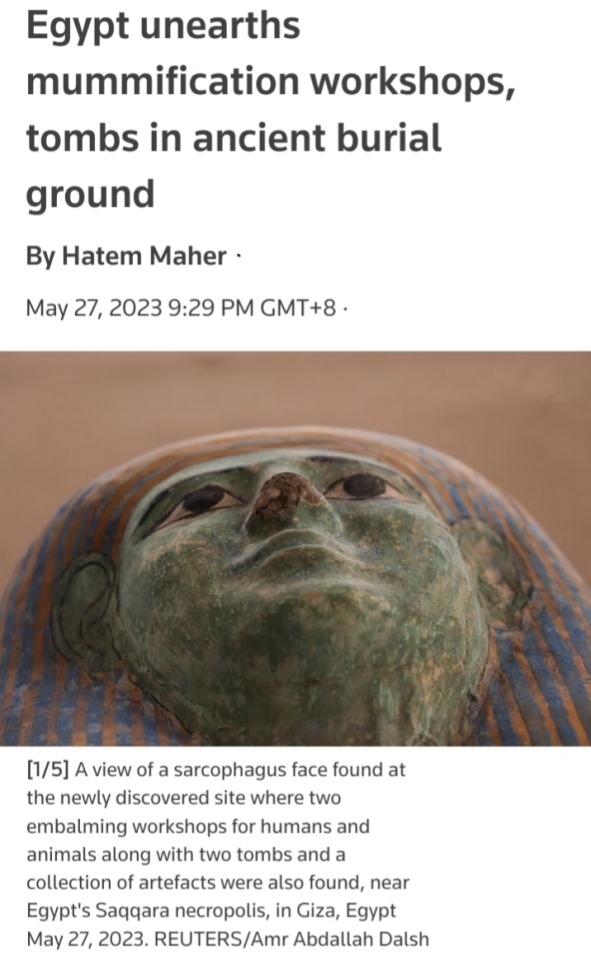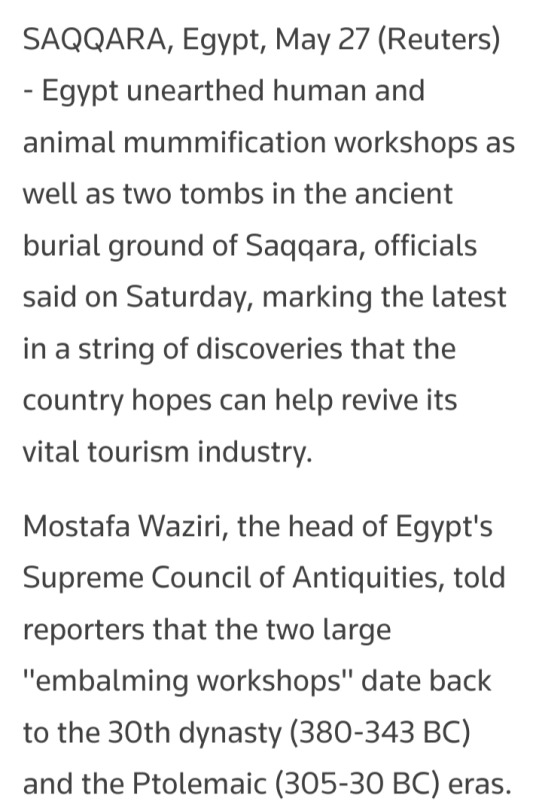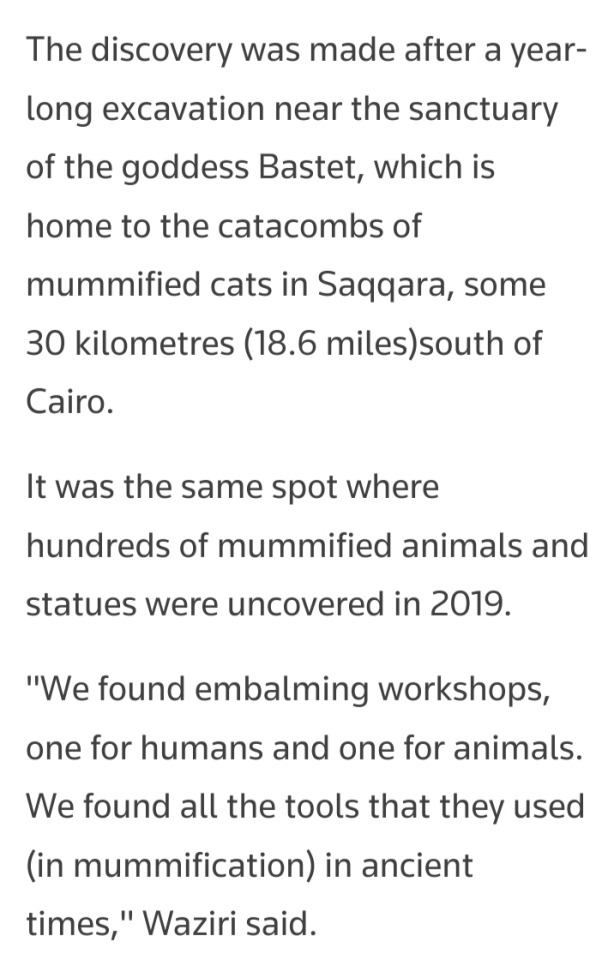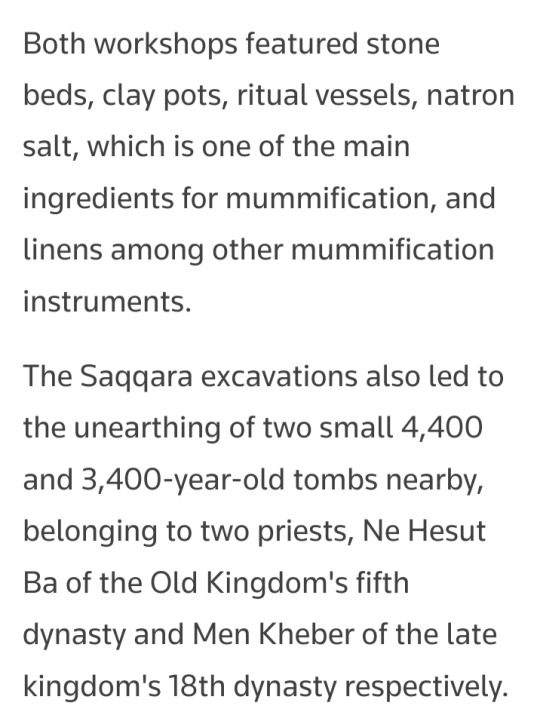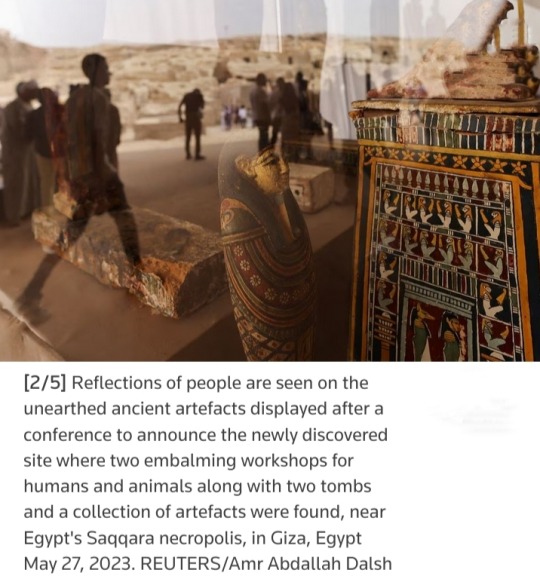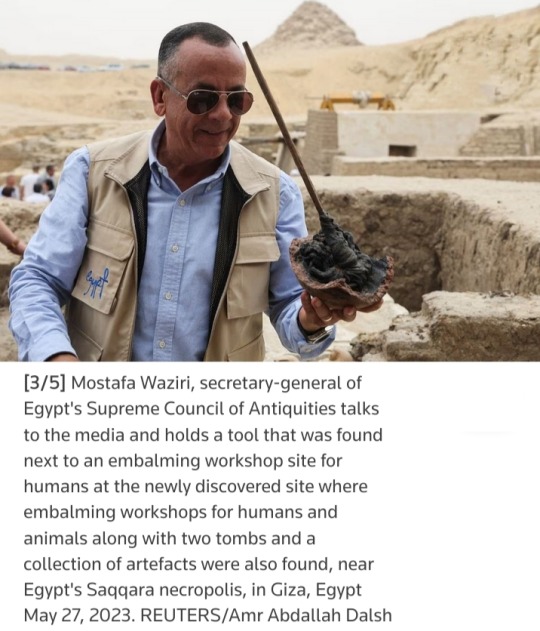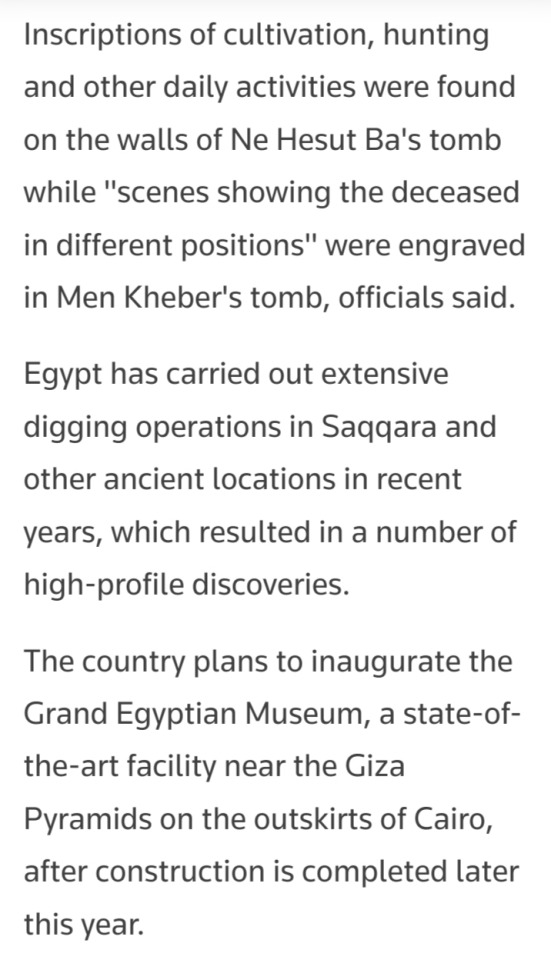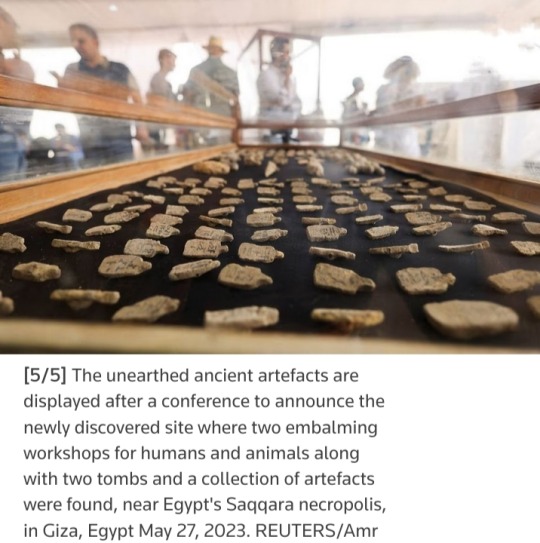#Museum of Egyptian Antiquities
Explore tagged Tumblr posts
Text
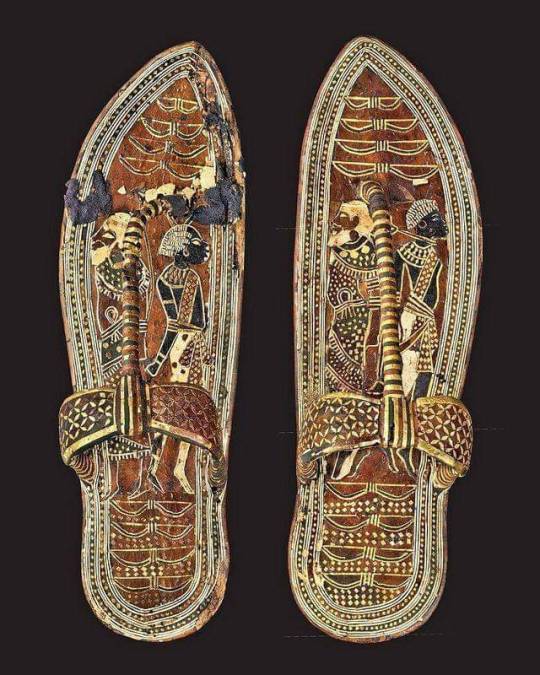
Egyptian King Tutankhamun's 3300 years old sandals
#egyptian king#rey egipcio#king tutankhamun#rey tutankhamun#3300 years old#sandals#museum of egyptian antiquities#cairo#el cairo#egypt#egipto#africa
100 notes
·
View notes
Text
Egyptian Pharaoh Ramesses II was issued a passport 3,000 years after his death in order for his mummy to fly to Paris.

Ramesses II (c. 1303 BC – 1213 BC), commonly known as Ramesses the Great, is often regarded as the greatest, most celebrated, and most powerful pharaoh of the New Kingdom.
His successors and later Egyptians called him the “Great Ancestor.”
Ramesses II was originally buried in a grand tomb in the Valley of the Kings.
He was subsequently moved many times by priests who feared looters. He spent as little as three days in some places, and the priests recorded their actions on wrappings on his body.
Despite his resplendent wealth and power in life, his body was later moved to a royal cache.
With the passage of time, his sarcophagus was lost to history.
It was re-discovered in a deteriorating condition in 1881. It is now on display in the Museum of Egyptian Antiquities.
It was his poor condition that prompted Egyptian authorities to seek help preserving him in the mid-1970s.
They found their experts in France and reluctantly decided to transport the 3,000 year-old mummy to Paris.
In 1975, Maurice Bucaille, a French doctor studying his remains, said that the mummy was threatened by fungus and needed urgent treatment to prevent total decay.
French laws dictated that entry and transportation through the country required a valid passport.
To comply with local laws, the Egyptian government issued a passport to the Pharaoh.
Seemingly, he was the first mummy to receive one. His occupation was listed as "King (deceased)."
The government didn’t want him to get a passport for publicity but believed it would afford them legal protections to ensure his safe return.
As countless artifacts and mummies have been plundered and stolen from Egypt, museums in Europe didn’t always respect Egyptian claims.
In 1976, his remains were issued an Egyptian passport so that he could be transported to Paris for an irradiated treatment to prevent a fungoid growth.
The New York Times reported on 27 September 1976 that the French military aircraft that brought Ramesses' remains from the Cairo Museum was greeted by the Garde Republicaine, France's equivalent of a U.S. Marine honor guard.
“The mummy was greeted by the Secretary of State for Universities, Alice Saunter‐Seite, and an army detachment.
Ramses II, who ruled Egypt for 67 years, received special treatment at Le Bourget Airport.”
It was then taken to the Paris Ethnological Museum for inspection by Professor Pierre-Fernand Ceccaldi, the chief forensic scientist at the Criminal Identification Laboratory of Paris.
During the examination, Cecaldi noted:
“Hair, astonishingly preserved, showed some complementary data, especially about pigmentation.
Ramses II was a ginger-haired ‘cymnotriche leucoderma'” (meaning he was a fair-skinned person with wavy ginger hair).
He is 5 ft '7 inches tall. They found battle wounds, arthritis and tooth abscess.
In ancient Egypt, people with red hair were associated with deity Set, the slayer of Osiris. The name of Ramesses II’s father, Seti I, means “follower of Seth.”
The examination also revealed evidence of previous wounds, fractures and arthritis, which would have left Ramesses with a hunched back in the later years of his life.
In 2007, it was discovered that small tufts of the Pharaoh’s hair were stolen during the 1976 preservation work (published by the BBC).
A Frenchman named Jean-Michel Diebolt said he had inherited the hair from his late father, a researcher from the team who analysed the mummy.
Deibolt had tried to sell the hair through an online auction for 2000 euros (£1360) but was quickly apprehended by French authorities.
📷 : An artist’s creation of the passport. Image is for representative purposes only. The actual passport is not publicly available.
#Ramesses II#egyptian pharaoh#Ancient Egypt#ancient civilizations#mummy#passport#Valley of the Kings#sarcophagus#Maurice Bucaille#fungus#Paris Ethnological Museum#Pierre-Fernand Ceccaldi#Criminal Identification Laboratory of Paris#Jean-Michel Diebolt#forensics#Museum of Egyptian Antiquities#Ramesses the Great#Cairo Museum#Garde Republicaine
7 notes
·
View notes
Text





#museum#history#my photos#news#historic#costly#egypt#cairoegypt#egyptian#art#antiquities#my post#antiquité#cairo
103 notes
·
View notes
Text

Head of a Statue of the God Sobek Shedeti
Egypt, Middle Kingdom, ca. 1859-1802 B.C.
Limestone, 21 7/16 × 20 1/16 × 18 7/8 in.
#fine art#art#ancient egyptian art#sobek#sculpture#ancient sculpture#antiquities#antiquity#egyptian history#egyptian art#egyptian antiquities#ancient art#ancient egypt#met museum#middle kingdom#carved stone#stone sculpture#limestone#artwork#egypt#art on tumblr#art of the day#crocodile#egyptian gods
81 notes
·
View notes
Text
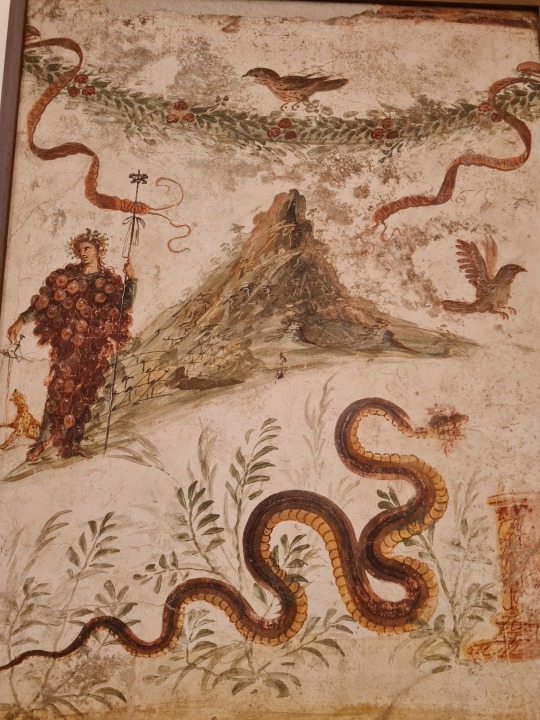
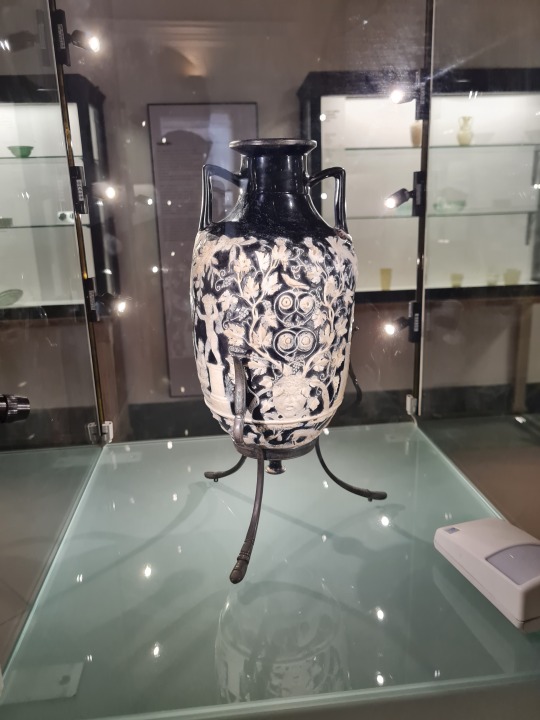
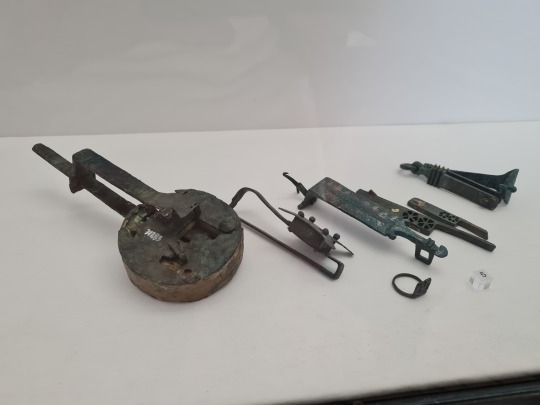
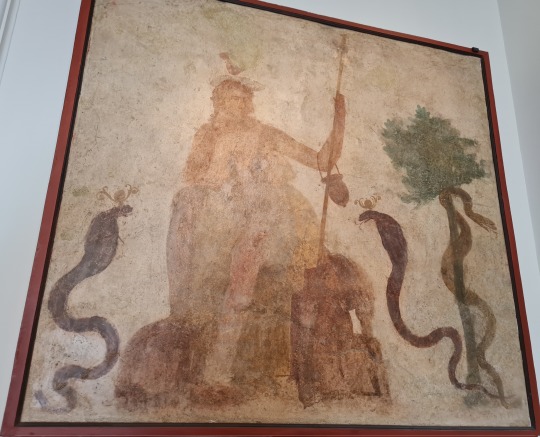
Artifacts of Pompeii, in Museo Archeologico Nazionale di Napoli
1. Fresco of Bacchus and Mount Vesuvius. 2. Roman amphora with cupids and Dionysian harvesting. 3. Roman padlock, fibula and other tools. 4. Fresco of Serapis between two cobras, from the Temple of Isis.
#pompeii#ancient history#roman art#antiquity#ancient art#ancient rome#archeology#roman empire#napoli#naples#italy#italia#italytravel#art history#history#museum#fresco painting#ancient#amphora#bacchus#dionysos#egyptian gods#gods#mythology#greek mythology#roman mythology#museum photography#art museum#travel#travel photography
72 notes
·
View notes
Text
172 notes
·
View notes
Text

Stelae of Pergerger
Pergerger was "chief of the chiselers". He was the chief sculptor or "chiseler" at an artists workshop for the Temple of Ptah in Memphis. He has House of Ptah chiselled on his upper arms and chest to show his strong links to the god Ptah.
Exhibition at the National Museum of Australia. The exhibition is from the Dutch National Museum of Antiquities and Leiden University.
#original photographers#Egyptian exhibition#Pergerger#Chief Chiseller#National Museum of Australia#Dutch National Museum of Antiquities#Leiden University
36 notes
·
View notes
Text

Egyptian Antiquities in the British Museum, 1870s By Stephen Thompson.
#Egyptian Antiquities in the British Museum 1870s#ancient artifacts#art#artist#art work#art world#art news#history#history news#ancient history#ancient culture#ancient civilizations#ancient egypt#egyptian history#egyptian art
48 notes
·
View notes
Text


Museum of World Treasure • Wichita, KS
#Museum of World Treasures#ancient artifacts#Egyptian antiquities#ancient egypt#museum artifacts#museums#museum photography#world history#ancient history#egyptian history
69 notes
·
View notes
Text
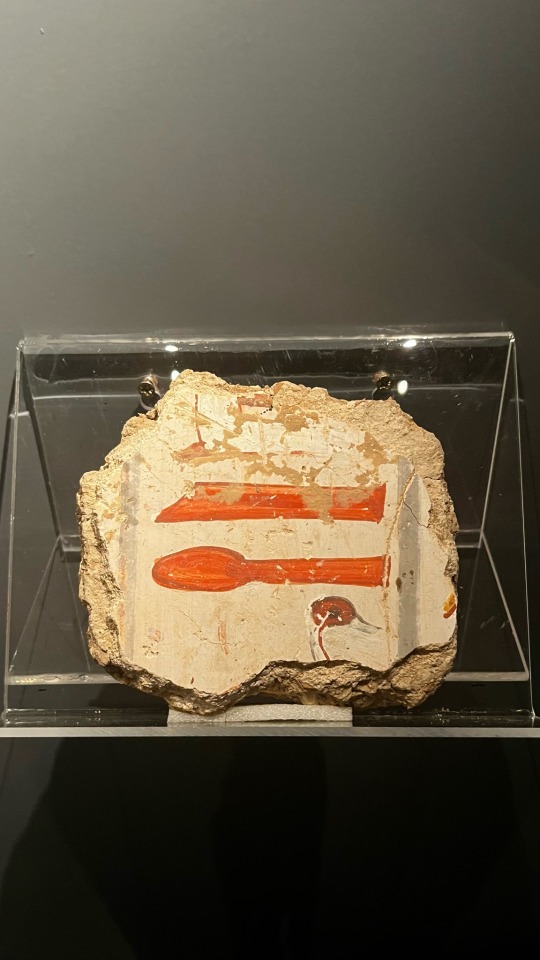
Maa Kheru is a phrase meaning "true of voice" or "justified" or "the acclaim given to him is 'right'". The term is involved in ancient Egyptian afterlife beliefs, according to which deceased souls had to be judged morally righteous. The phrase was often used to denote someone who had died and become a god, placed after the name of the individual in question.
Museum of Fine Arts, Budapest
#egypt#ancient egypt#egyptian#egyptology#hieroglyphs#ancient#dark academia#dark academia style#dark academia blog#academia#budapest#museum#antiques#museum of fine arts#dark academia aesthetic#art academia#academic#light academia#green academia#academia aesthetic#classic academia
11 notes
·
View notes
Text
Return looted antiquities. Sign Dr Hawass's petition:
#antiquities#dr hawass#egyptology#museums#nazi looted treasures#berlin#germany#nefertiti#zahi hawass#tourism#looted#treasure#history#egyptian pharaoh#art#cairo#pyramids#queen#archeology#national treasure#egyptian history#egyptian
4 notes
·
View notes
Text

Egyptian amulet, 1069–664 BCE, glazed composition, Egypt.
5,000 Years of Feminine Power and Prestige Are On Display in ‘Revered and Feared’
Image © The Trustees of the British Museum.

Queen of the Night, about 1750 BCE, painted clay, Iraq.

Dance mask of Taraka, 1994, from the workshop of Sri Kajal Datta (born 1973), papier mâché, clay, fibre and silk, West Bengal, India.
#the trustees of the british museum#photographer#feminine power and prestige#revered and feared#art#antique#antiquity#egyptian amulet#glazed composition#egypt#queen of the night#painted clay#iraq#dance mask of taraka#papier mache#clay#fibre#silk#west bengal#india
2 notes
·
View notes
Text
We talking about these grave robbers today Yes the ones who go all over in Egypt and just dig up people's relatives and put them in glass boxes and send them to people who have nothing to do with them. this is sacrilege if you don't know now you know
stop stealing my relatives
#Egypt#History lies#stealin in my relatives#Egyptian antiquities#cultural insensitivity#white lies#grave robbers#museum thieves
14 notes
·
View notes
Photo

The pyramidion of the tomb of the “Priest of the Apis” Ptah-mose. The dead couple are praying to the sun gods Khepri, Re-Harakhte, and Atum.
Limestone.
New Kingdom, 1340-1290 BCE
National Museum of Denmark, Department of Classical and Near Eastern Antiquities
#denmark#history#historyblr#history museums#national museum of denmark#classical and near eastern antiquities#egyptian history#egyptian history exhibit#ancient egypt#ancient egyptian artifacts#ancient egypt exhibit#museums#museum
4 notes
·
View notes
Text

Fragment of a Queen's Face, possibly Nefertiti
Egypt, New Kingdom, ca. 1390–1336 B.C.
Yellow jasper, h. 5 1/8 in.; w. 4 15/16 in.; d. 4 15/16 in.
#ancient egyptian art#ancient egypt#ancient sculpture#nefertiti#art#fine art#artwork#sculpture#ancient statues#antiquities#antiquity#egyptian art#jasper#portrait#portrait sculpture#egyptian history#met museum#new kingdom#face#lips#ancient history#ancient art#egyptology#egyptomania#archeology
23 notes
·
View notes
